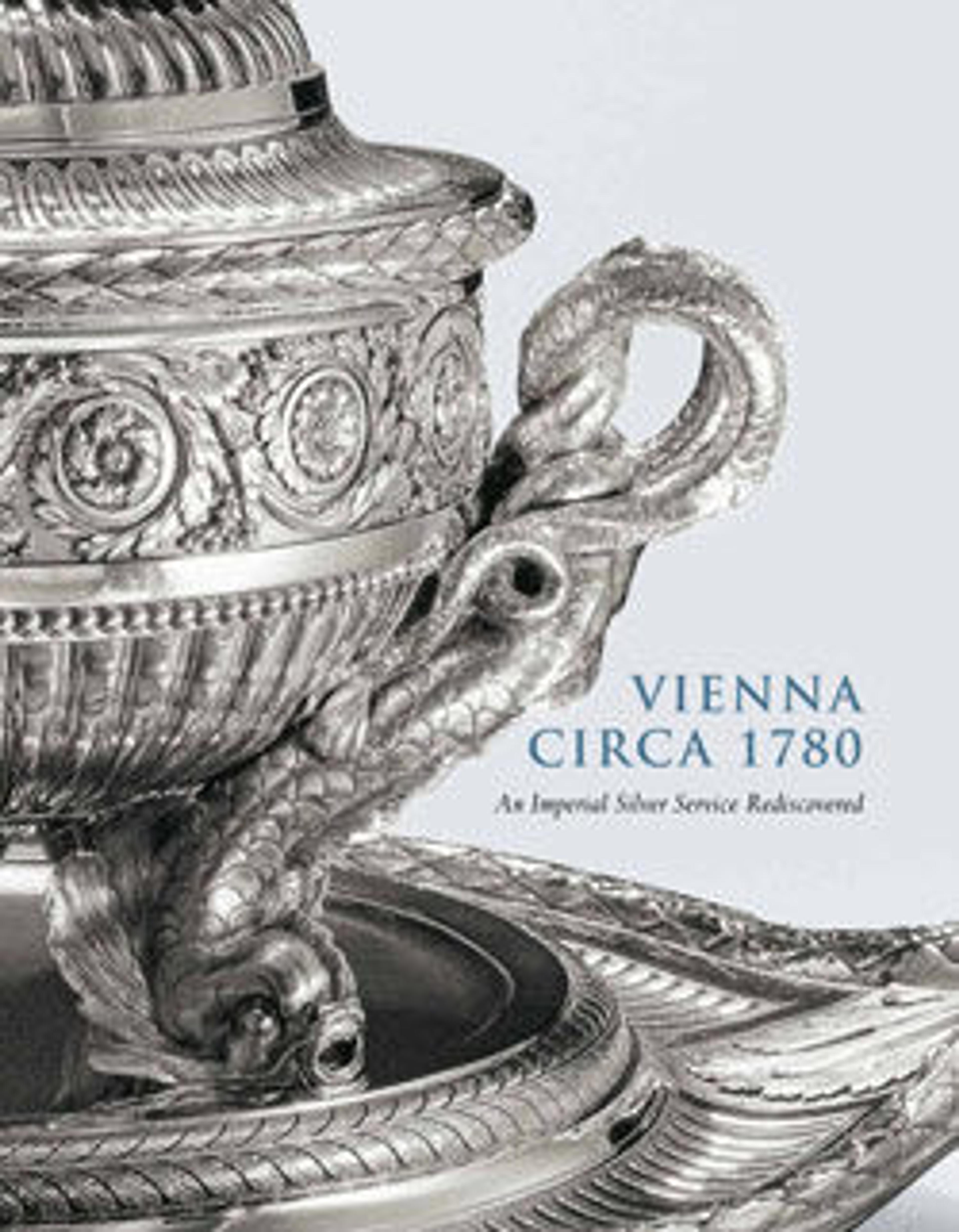Wine cooler (one of a pair)
The wine coolers formed part of the now dispersed so-called Second Duke of Sachsen-Teschen Service, which originally included all kinds of silver tableware as befit the splendor of royal dining. The overall style is indebted to French Neoclassical designs and encapsulates the strong appreciation of contemporary French art and culture by the patrons, Duke Albert Casimir of Sachsen-Teschen (d. 1822) and his consort, Archduchess Maria Christina of Austria (d. 1798), sister of Queen Marie-Antoinette and daughter of Empress Maria Theresa. Nonetheless, the vigorous design, the sparkling play of textures, and the daring juxtaposition of classical elements with whimsical sculptural details embody the freshness of the Viennese interpretation of high-style French Neoclassicism. In 1780 the duke and archduchess were appointed joint governors of the Austrian Netherlands. Imperial court goldsmith Wiirth created a magnificent service that fully exploited the light- reflective quality of the precious metal. Draped around the wine coolers' bodies are lion skins, which refer to Hercules' wearing the skin of the Nemean lion as a symbol of his strength. The lion skins also teasingly evoke insulation of the coolers. The trophies and grapevines symbolize Bacchus, god of wine and erotic ecstasy, representing the triumph of the pleasures of life over an ancient symbol of worldly power.
Artwork Details
- Title:Wine cooler (one of a pair)
- Maker:Ignaz Joseph Würth (Austrian, first mentioned 1769, died 1792)
- Date:1781
- Culture:Austrian, Vienna
- Medium:Silver
- Dimensions:Overall (wt confirmed): 11 15/16 x 9 7/8 in., 6000g (30.3 x 25.1 cm, 6kg)
- Classification:Metalwork-Silver
- Credit Line:Purchase, Anna-Maria and Stephen Kellen Foundation Gift, 2002
- Object Number:2002.265.1a, b
- Curatorial Department: European Sculpture and Decorative Arts
More Artwork
Research Resources
The Met provides unparalleled resources for research and welcomes an international community of students and scholars. The Met's Open Access API is where creators and researchers can connect to the The Met collection. Open Access data and public domain images are available for unrestricted commercial and noncommercial use without permission or fee.
To request images under copyright and other restrictions, please use this Image Request form.
Feedback
We continue to research and examine historical and cultural context for objects in The Met collection. If you have comments or questions about this object record, please contact us using the form below. The Museum looks forward to receiving your comments.
